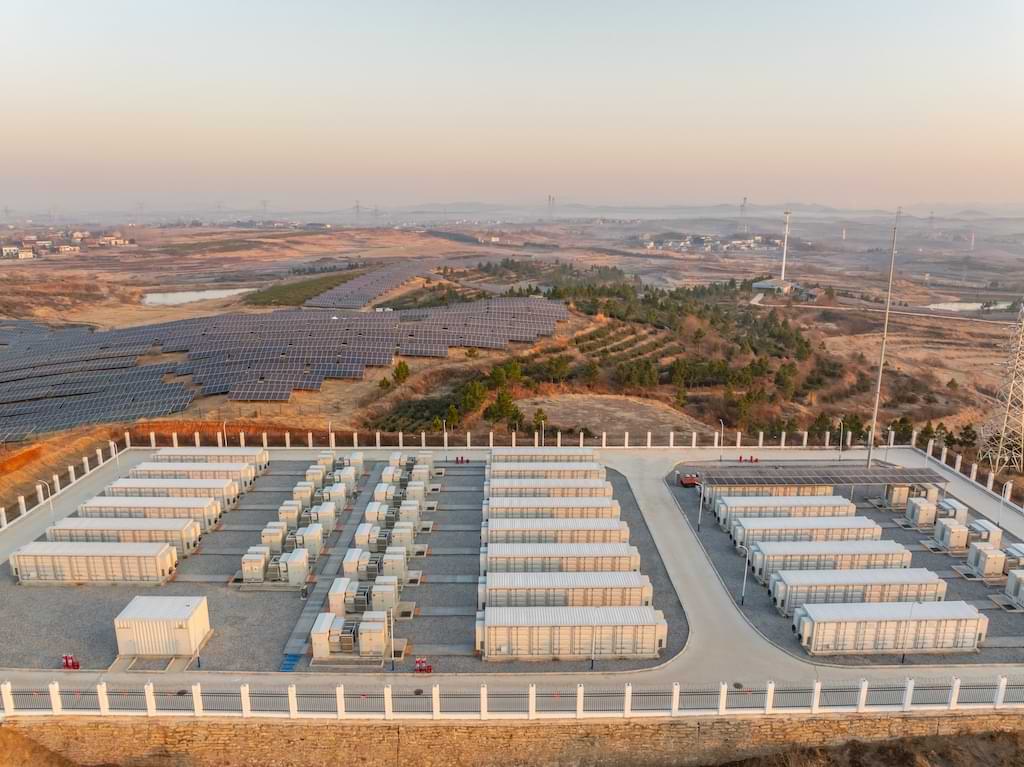India is undergoing a renewable energy revolution. With a target to reach 500 GW of
non-fossil fuel capacity by 2030, the country is aggressively investing in solar, wind, and
other clean energy sources. But despite this growth, one critical piece of the puzzle remains
underdeveloped – energy storage. Without it, India’s ambitious clean energy goals could
remain just ambitions.
The Renewable Energy Boom – and Its Challenges
India is already the fourth-largest country globally in renewable energy installed capacity
(MNRE, 2025). Solar parks span Rajasthan and Gujarat, while wind turbines dot the
landscapes of Tamil Nadu and Karnataka. Yet, there’s a catch – renewables are intermittent.
Solar panels don’t work at night, and wind turbines remain idle when there’s no breeze.
This variability causes grid instability, leading to energy curtailment and forcing reliance on
fossil-fuel-based backup power.
Energy Storage: The Game-Changer
Energy storage systems, especially battery-based solutions, can solve the intermittency
issue. By storing excess energy generated during peak periods and supplying it during
demand spikes or when generation dips, storage ensures grid reliability and flexibility.
Without storage:
- Excess renewable power is wasted or curtailed.
- Fossil fuel peaker plants are needed to stabilize the grid.
- Grid operators struggle with frequency management.
With storage:
- Energy becomes dispatchable.
- Grid congestion is reduced.
- Rural and off-grid regions can get reliable power.
A report by the Central Electricity Authority (CEA, 2020) projects that India will need 41
GW/182 GWh of battery storage by 2031–32 to support its grid and renewable energy
expansion.
Why India Needs to Prioritize Storage Now
India’s energy demand is projected to double by 2040 (IEA, 2021). The country’s
dependence on clean, consistent energy will grow as electric vehicles, smart grids, and rural
electrification expand.
Storage is essential for:
- Peak shaving – managing electricity load during high demand.
- Frequency regulation – stabilizing supply and demand fluctuations.
- Energy arbitrage – storing when prices are low, and discharging when they are high.
- Microgrids and rural systems – ensuring uninterrupted power in remote areas.
Barriers to Widespread Storage Adoption
Despite its importance, India’s energy storage sector is still nascent. Key challenges include:
- High upfront capital costs, especially for lithium-ion technologies.
- Policy and regulatory uncertainty, particularly around market participation and cost
- recovery.
- Lack of standardization and supply chain dependency on imported battery
- components.
- Insufficient domestic R&D and manufacturing capacity.
India currently has limited operational storage projects, primarily in pilot phases, with
large-scale deployment still in early stages (NITI Aayog & Rocky Mountain Institute, 2019).
Government Support Is Growing
Fortunately, momentum is building:
- The National Energy Storage Mission aims to make India a global hub for advanced
- battery manufacturing.
- The PLI Scheme (Production-Linked Incentive) offers ₹18,100 crore in incentives for
- domestic battery manufacturers (PIB, 2021).
- States like Gujarat, Maharashtra, and Tamil Nadu are inviting bids for hybrid
- renewable-plus-storage projects.
- Regulatory frameworks for Time-of-Day (ToD) tariffs and ancillary services markets
- are also evolving.
These steps are vital to making storage more viable, technically and economically.
The Missing Link No More
India has made extraordinary progress in deploying renewable energy. But to fully realize a
sustainable and reliable power system, energy storage must be at the center of the clean
energy transition.
With the right policies, public-private partnerships, investments, and innovation, storage can
transform from a missing link to the backbone of India’s green energy future.
Footnotes:
- Ministry of New and Renewable Energy (MNRE), Government of India.
https://mnre.gov.in/ - Central Electricity Authority (CEA), Report on Optimal Generation Mix for 2030.
https://cea.nic.in/optimal-generation-mix/ - International Energy Agency (IEA), India Energy Outlook 2021.
https://www.iea.org/reports/india-energy-outlook-2021 - NITI Aayog & Rocky Mountain Institute, “India’s Energy Storage Mission” (2019).
https://rmi.org/insight/india-energy-storage-mission/ - Ministry of Heavy Industries, National Programme on Advanced Chemistry Cell
(ACC) Battery Storage. https://heavyindustries.gov.in - Press Information Bureau (PIB), Govt. of India – PLI for Advanced Chemistry Cell
Battery Storage. https://pib.gov.in/PressReleasePage.aspx?PRID=1715662

